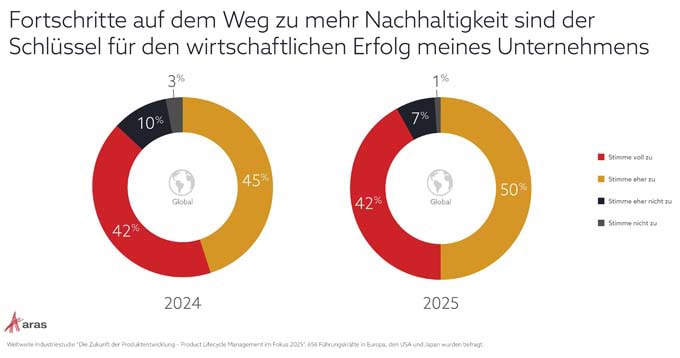Precision at the highest level
The introduction of a manufacturing execution system requires a high level of understanding of the production processes as well as a high degree of flexibility in the processes. How the implementation succeeded in record time.

If you go to the dentist regularly, you may have already come into contact with medmix Switzerland AG products - in the truest sense of the word. The syringes and cannulas that contain pastes, jellies and fillings for dental treatment are made by medmix. The company is a leading provider in the manufacture and sale of products for dosing, exact mixing and precise application. The high-precision products are used in the medical, healthcare and beauty sectors as well as in the industrial and construction industries.
To ensure that they function safely and reliably, all parts must be manufactured with great attention to detail. This places high demands on production. Critical parameters such as the quality of the raw materials, homogeneity of the material mixtures, temperatures, pressure in the injection mold, quality of the mold and cooling process must be precisely coordinated. Every error means stopping the machine, sorting out faulty parts and readjusting the system. This costs a lot of time and money.
Task and solution
To avoid this, it was clear to those responsible at medmix that they needed a solution that would make the production process transparent and not only record data, but also analyze and control it. Above all, it was important to the team that the solution could be connected to the SAP system via standardized interfaces and offer sophisticated planning functions. The Manufacturing Execution System (MES) also needed to be easy to operate. And the company they were working with had to have branches in Asia.
"We therefore discussed many options in advance and looked at various providers. But with MPDV, the overall package was just right," says Ronny Graf, Head of Injection Molding at the Haag site in Switzerland.
Roll-out step by step
The launch went smoothly - and quickly - right from the start. Only nine months passed from kick-off to go-live. Graf's team introduced the individual modules in stages. In phase one, they first implemented the three modules control station (HLS), operating data (BDE) and tool and resource management (WRM) at the main site in Haag. In phase two, the machine data module (MDE) was added. At the Haag site, 120 injection molding machines and 42 assembly machines are connected to HYDRA. The site in Shanghai and the one in Wroclaw, Poland, are now also using the MES.
However, not only the customers, but also the employees quickly learned to appreciate the benefits of the production software. Thanks to the HLS, BDE and MDE modules, they can record and compare various production figures such as rejects or quantities in real time via a terminal on the machine. And the HYDRA HLS module provides a 360° view of all required resources. For example, production can be proactively controlled via the control station and planned down to the smallest detail. This gives the employee an overview of all important resources and the skilled workers can react quickly if a machine breaks down.
Noticeable increase in efficiency
"Thanks to HYDRA, we can now reduce such downtimes to a minimum or even avoid them altogether. This is because process steps such as planning, procurement, machine setting, operation, maintenance and quality control can be optimally coordinated," continues Ronny Graf.
The MES in turn reports back the number of parts actually produced and the status of the machine. If a machine's output is lower than planned, orders can be quickly distributed to other machines and delivery deadlines can be met as planned. Previously, employees had to laboriously record the quantities produced per machine in Excel lists. This took a lot of time and if a machine broke down, there was a lack of flexibility.
The perfect communication between the ERP system and HYDRA in particular brings many advantages. After all, the planning department can transmit the production orders directly to production and react quickly to changes.
Source: MPDV Mikrolab GmbH, D-Mosbach. www.mpdv.com









